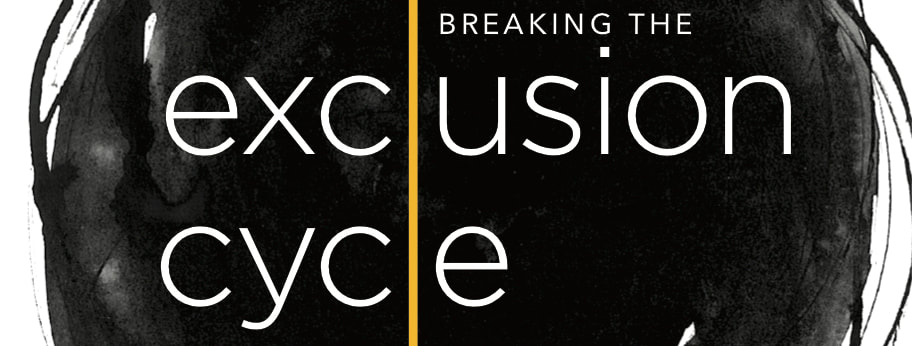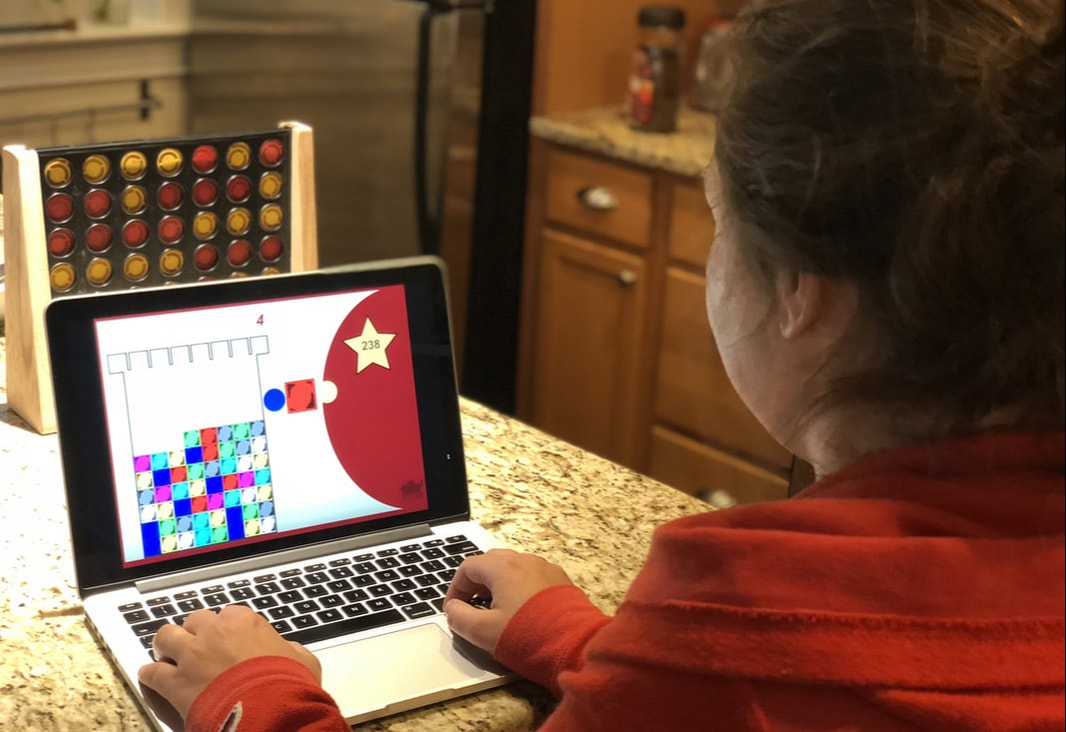Breaking the Exclusion Cycle: How to Promote Cooperation between Majority and Minority Ethnic Groups
Oxford University Press, 2020
Winner, Best Book Published in 2020, APSA Experimental Research Section
Honorable Mention, Harriman Rothschild Book Prize, Association for the Study of Nationalities
Honorable Mention, Harriman Rothschild Book Prize, Association for the Study of Nationalities
Social exclusion of minority groups is an intractable problem in many diverse nations. For some minority groups this means going to segregated schools, for others not having access to gainful employment or quality healthcare. But why does social exclusion persist, and what can one do to stop it?
This book proposes a theory of how individual behavior contributes to social exclusion, a novel method for measuring that behavior, and examines one intervention that aims to fight it. Based on original fieldwork among Central and Eastern European Roma and non-Roma, I develop a theory I call the exclusion cycle, through which anti-minority culture gives rise to discrimination by members of the majority, and minority members develop survival strategies. Members of the majority resent these strategies, assuming that they are endemic to the minority group rather than an outcome of their own discriminatory behavior.
To illustrate my theory, I include an analysis of a video game I created that simulates interactions between Roma and non-Roma participants, which members of these groups played through avatars (thereby avoiding contentious face-to-face interactions). The results demonstrate that majority members discriminate against minority members even when minority group members behave in ways identical to the majority. They also show the way in which minority members develop survival mechanisms. I draw on the results of the simulation to offer evidence that this cycle can be broken through Roma-led NGO-promoted intergroup contact.
This book proposes a theory of how individual behavior contributes to social exclusion, a novel method for measuring that behavior, and examines one intervention that aims to fight it. Based on original fieldwork among Central and Eastern European Roma and non-Roma, I develop a theory I call the exclusion cycle, through which anti-minority culture gives rise to discrimination by members of the majority, and minority members develop survival strategies. Members of the majority resent these strategies, assuming that they are endemic to the minority group rather than an outcome of their own discriminatory behavior.
To illustrate my theory, I include an analysis of a video game I created that simulates interactions between Roma and non-Roma participants, which members of these groups played through avatars (thereby avoiding contentious face-to-face interactions). The results demonstrate that majority members discriminate against minority members even when minority group members behave in ways identical to the majority. They also show the way in which minority members develop survival mechanisms. I draw on the results of the simulation to offer evidence that this cycle can be broken through Roma-led NGO-promoted intergroup contact.


